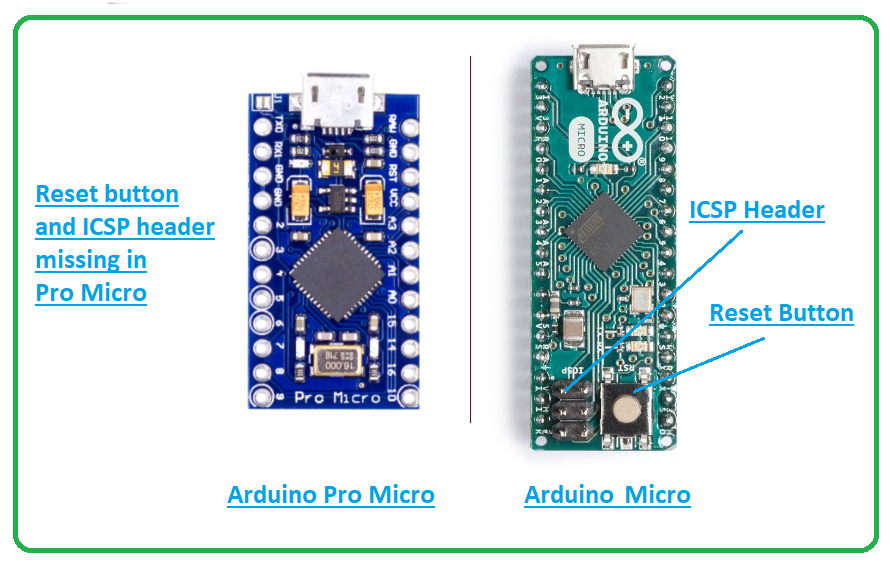

Next, the read_cols function reads the state of all those column pins, and reports it as a single byte (or more, if you have more than 8 columns, but see below). Basically, init_cols sets all the column pins in INPUT mode with internal pull-up resistors. You can look at all the examples included in the repository to get an idea what they need to do. You will need to define four functions: init_cols, read_cols, unselect_rows and select_row. You can also change some other options here and in the Makefile. I used 8 columns and 11 rows in my keyboard, which gave me the 88 keys I needed (actually 87). In config.h, we have to set the correct number of rows and columns.

All we need to do is to copy the "onekey" example keyboard, and modify the config.h, keymap.c and matrix.c files to fit our keyboard. After a short search, I found the TMK Keyboard firmware, which is just perfect for our needs.
#Arduino pro micro usb c full
Still not enough for the full layout, but should be fine for a tenkeyless keyboard.

That gives us the largest matrix of 10×10, so 100 keys. Wait, what does it say about LEDs at the bottom there? Two more independent pins? Great, we only have to remove the two resistors and solder wires in their place, and we have 20 pins for our disposal. Even if we ditch the keypad, like I did in my keyboard, that only removes 17 keys.
#Arduino pro micro usb c Pc
Hmm, that may be fine for those tiny, chocolate bar keyboards, but a modern PC keyboard has 105 keys. So, with 18 pins, the largest matrix we can get is a square 9×9. We add diodes, so that the pressed keys won't interfere with each other. Then we scan that repeatedly to figure out which ones are pressed. We basically make rows and columns, and put switches on the crossings. Can we somehow connect more keys? Turns out we can, by using a key matrix. Let's look at the pinout:Īccording to this diagram, we have 18 usable pins.

Pro Micro can be had for about $4 in singles from the usual oriental sources. Arduino Leonardo is too big for our needs. There are three popular boards with that microcontroller: Arduino Leonardo, Teensy 2.0, and Pro Micro (not to be confused with Pro Mini, which uses ATmega328). That's mostly because it has hardware USB support, so you don't have to muck about with unreliable and hacky bit-banged VUSB. The ATmega32u4 microcontroller is an excellent choice for any HID device, such a mouse, a joystick or a keyboard.
#Arduino pro micro usb c how to
The only down side is that if whatever is reinforced with the stuff is sitting in a hot car for a few hours, the glue might get a little soft.So you want to build your own keyboard (or keyboard-like device), but you are not sure what to use for the brains and how to connect and program it? I will describe what I came up with for the #Alpen Clack keyboard. Project Farm (a Youtube channel) did some pretty thorough testing and found Stanley's dual melt sticks to be the most robust and after having switched to them, they're certainly the best I have ever used personally. It can also be carefully cut and peeled off of just about any non porous surface without damaging it, especially with a little isopropyl alcohol to seep between it and the bonded surface. It is rigid enough to prevent failure, but can be reheated to reshape easily (even with the tip of a soldering iron) and sets quickly. I have always globbed high temperature hot glue on any tiny USB connectors on devices I have apart (besides mini USB, never been able to break one of those). I wouldn't even bother prioritizing one over the other myself unless you need the specific interfacing and/or charging characteristics of type c. Chromebooks powered by it continue to drop like flies at work. USB type c is trash as well, although certainly stronger than micro USB.


 0 kommentar(er)
0 kommentar(er)
